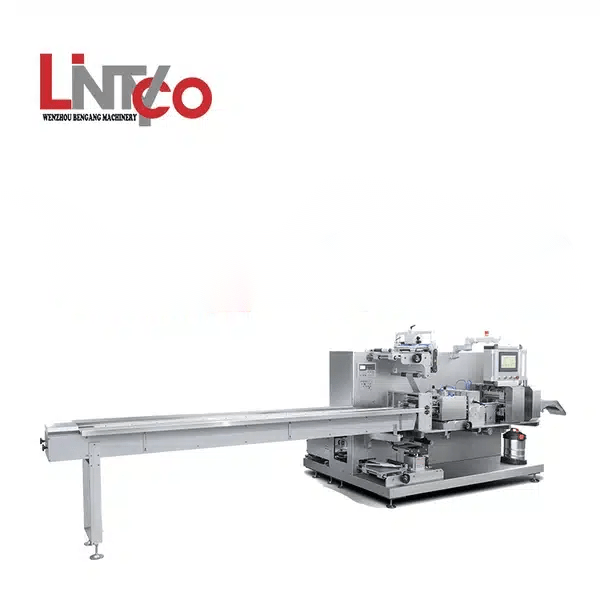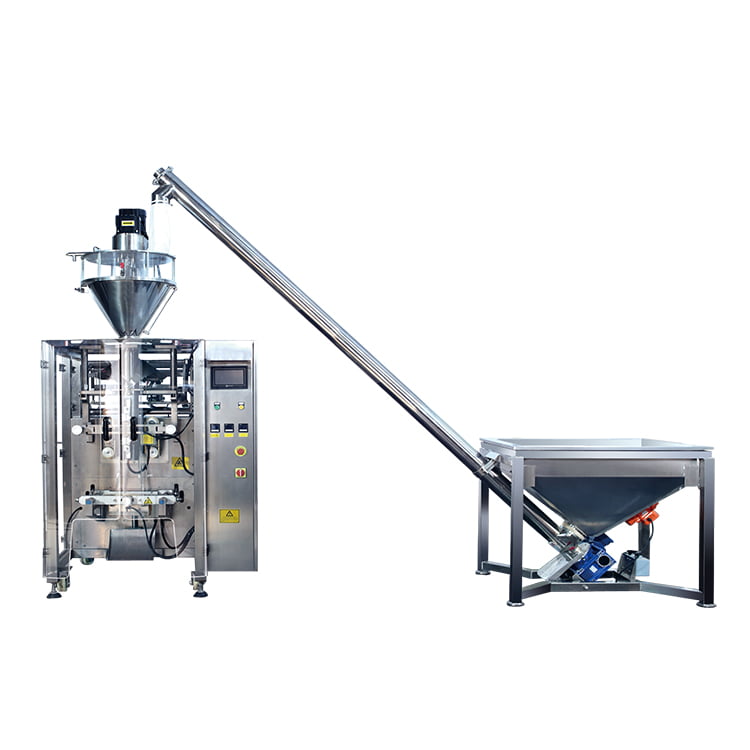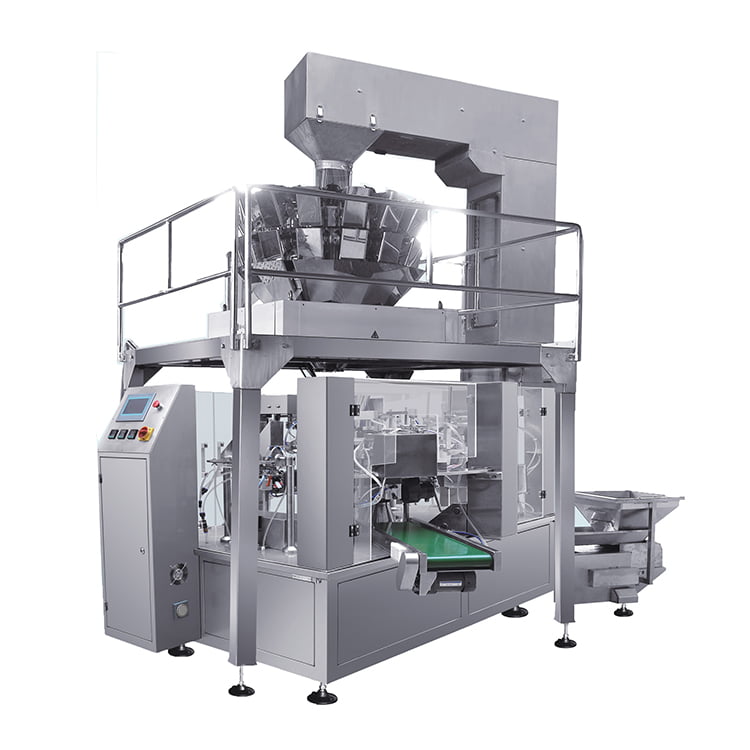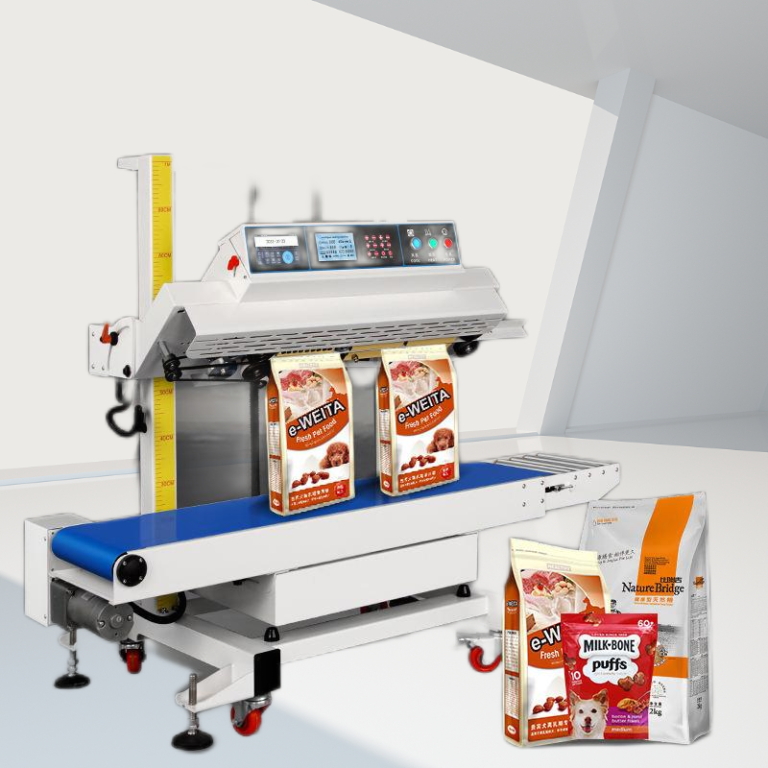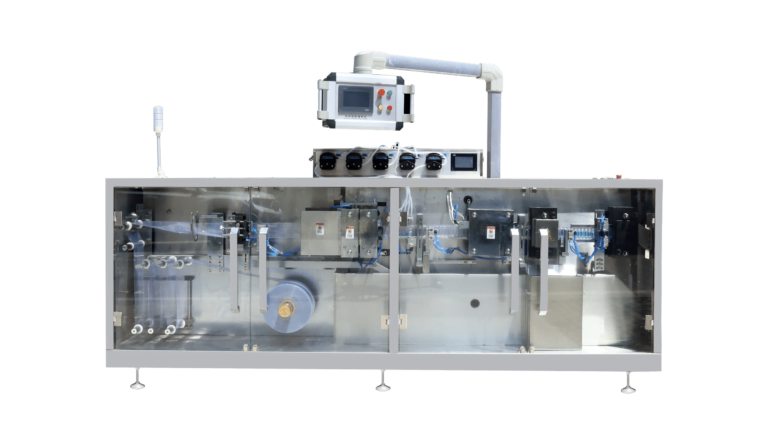
Automated bagging has revolutionized product handling for modern industries. Where once laborious filling relied solely on human dexterity, advanced machinery now lends a lending robotic hand.
Pioneering automatic bag-filling systems streamlines operations across diverse sectors. Intelligent robots are fast, accurate, and reliable. They work in food, cosmetic, pharmaceutical, and chemical industries globally.
Compared to manual methods prone to fatigue and error, robot technicians work tirelessly and flawlessly. Integrated sensors, software and motors choreograph complex packing routines with unprecedented efficiency. Materials intake, controlled dosing, bagging and sealing unfold in perfect autonomous unison.
A brief review of packaging’s past shows humble origins, but an ambitious evolutionary trajectory. Early prototypes hinted at the transformational potential of mechanical muscle. Today’s robotic solutions surpass all expectations through state-of-the-art technologies.
Artificial intelligence and augmented capabilities foretell an even more capable future. Robots may soon intuit ideal settings for unknown tasks or seamlessly coordinate multi-step distribution systems. The possibilities are endless.

History of automatic bag-filling machine process
Industries first embraced automation amid the Industrial Revolution, tracing the origins of automatic bag-filling machinery back to the late 19th century. This paved the way for increased productivity and consistent quality standards.
Early bagging machines featured rudimentary mechanical designs relying partly on manual input and gravity filling. While initial designs semi-automated processes, human involvement exposed vulnerabilities, constraining throughput and precision.
Technological progress expanded automation possibilities. Advancements in electrical components enhanced sensing accuracy. Later, integrated computerization and robotics endowed newfound versatility, accommodating diverse products and flexible bag dimensions to address market diversification.
Today’s automated solutions bear little resemblance to initial crude contraptions. Sophisticated electronics, software, motion controls and smart sensors facilitate entirely independent operations. Configuration options cater deftly to any packaging need.
Continuing innovation also augments intelligence, connectivity and customization. Artificial intelligence and augmented technologies forecast even more adaptive, efficient solutions. Automation levels rise to optimize output, quality and compliance across sectors like food, pharmaceutical and consumer goods industries worldwide.
The automatic bag filler represents an evolutionary pinnacle, though humble beginnings, of packaging’s autonomous journey. Steady mechanical, electronic and digital progress revolutionized what was once a manual task.
Types of bag filling machine
There are several types of bag-filling machines available in the market. Some common types include:
- Gravity-fed bag fillers: These machines rely on gravity to fill bags with bulk materials. The materials flow from a hopper into the bags, driven by their own weight.
- Auger fillers use a screw-like mechanism to move materials from a hopper into bags. The auger ensures precise and controlled filling.
- Valve bag fillers: Designers specifically create these machines for filling valve bags, which feature a small opening with a valve. The valve allows for easy and efficient filling of fine powders or granular materials.
- Open-mouth bag fillers are machines that can fill bags with different materials like granules, powders, and small parts. Industries such as agriculture, chemical, and food processing commonly use them.
- Form-fill-seal bagging machines create bags from film, fill them, and seal them. They offer high-speed bag filling and packaging capabilities.
- Bulk bag fillers fill large bags, also called FIBCs or super sacks. People commonly use them for handling and storing bulk materials, such as grains, fertilizers, and chemicals.
These are just a few examples of bag-filling machines available in the market. The choice of machine depends on factors such as the type of material to be filled, bag size and style, desired filling speed, and specific industry requirements.
Limitation of bag filling machine
The automatic bag-filling machine does have certain advantages, at the same time he also has some limitations. For example, some irregularly shaped bags or small fragile or sticky items may have some difficulties, requiring additional manual intervention. Care and maintenance also require a certain level of skill and experience. If the machine breaks down in an incorrect way, it may take longer to maintain.
Of course, there are many types of packaging machines, which can solve the situation of irregular materials and sticky and fragile materials. Selecting the right packaging machine, such as a bag packing machine to solve part of the problem. Everything depends on the experience of the packaging machine factory and the level of engineers. In terms of maintenance, observing the documentation given by the packaging machine supplier can solve most of the problems.
How do you troubleshoot filling machine?
Troubleshooting an Automatic Bag Filling System
When issues arise, systematically evaluate the key systems and components:
Check Power – Verify proper electrical connections and supply.
Inspect Mechanics – Examine gears, belts and other moving parts for wear or damage. Replace as needed.
Validate Sensors – Ensure sensors for measurement and control read correctly. Recalibrate or clean sensors if faulty.
Review Programming – Check machine software parameters and interface for errors or irregularities.
Evaluate Material Flow – Observe material movement and identify blockages or jams in the filling process. Clear obstructions.
Consult Manual – Refer to manufacturer guidelines specific to the machine model for additional troubleshooting procedures.
Addressing these areas methodically will resolve many issues. Check for anything abnormal during inspections.
Should problems persist after exhausting these options, seek guidance from the equipment manufacturer or an authorized technician. Their expert understanding of your system configuration optimizes further troubleshooting support. Consider specialized servicing if damage is detected.
With a stepwise approach, the majority of malfunctions can be pinpointed and addressed efficiently to restore production operations.
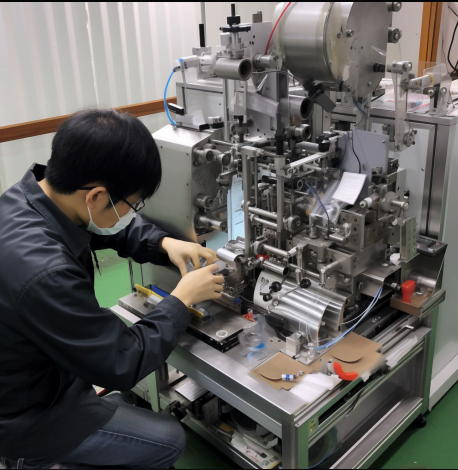
What should you consider when buying an automatic bag-filling machine
When selecting an automatic bag-filling system, carefully evaluate several essential criteria to obtain the right solution. Determine production needs and throughput requirements matched by a machine’s capacity. Versatility accommodating various bag styles and materials ensures continued usefulness.
Precise metering and controls maintain consistency. User-friendly design simplifies operation and care. Safety protections shield operators.
Manufacturer quality and reliability deliver long-lasting value. Total costs factor against returns like productivity and savings.
Careful assessment of flexibility, accuracy, usability, safety features and financial elements reveals a machine positively enhancing packaging throughput. Rely on proven builders offering spares and support long-term. Comparing specifications to current and future objectives results in machinery properly sized for nimble, efficient bag production today and tomorrow. With a well-researched selection, automation streamlines operations as intended.
Why trust Lintyco’s automatic technology
As a leader in automation, Lintyco-engineered bag packaging systems deliver cutting-edge performance with reliability. Continuous innovation fuels the integration of emerging technologies, ensuring optimized functionality.
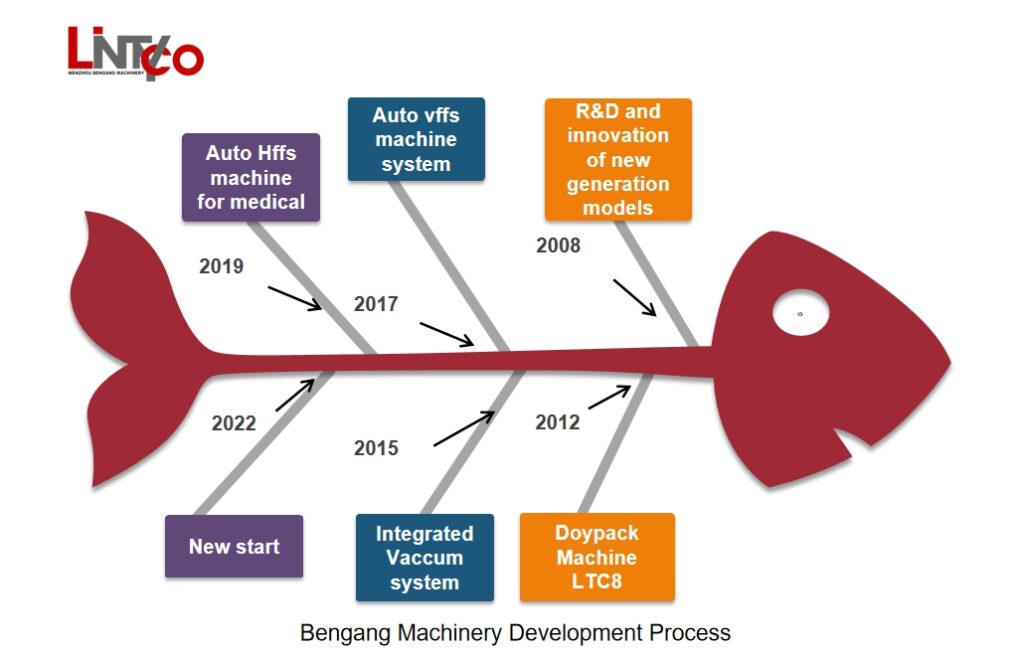
Rigorous testing of high-grade components results in durable, long-lasting machinery. Customization options tailor solutions precisely to application and industry demands.
Decades of industry knowledge accumulated unparalleled expertise in automated bagging. Experts utilize insight to advantage clients throughout the process with personalized guidance and support.
Customer satisfaction ranks as the highest priority. Understanding requirements inspires tailored systems to achieve organizational goals and objectives.

Commitment to cutting-edge innovation, premium quality construction, customizable configurations, and exceptional support establishes Lintyco as the premier provider of automated packaging solutions. Their automated bag fillers streamline operations through optimized, trustworthy technology.

